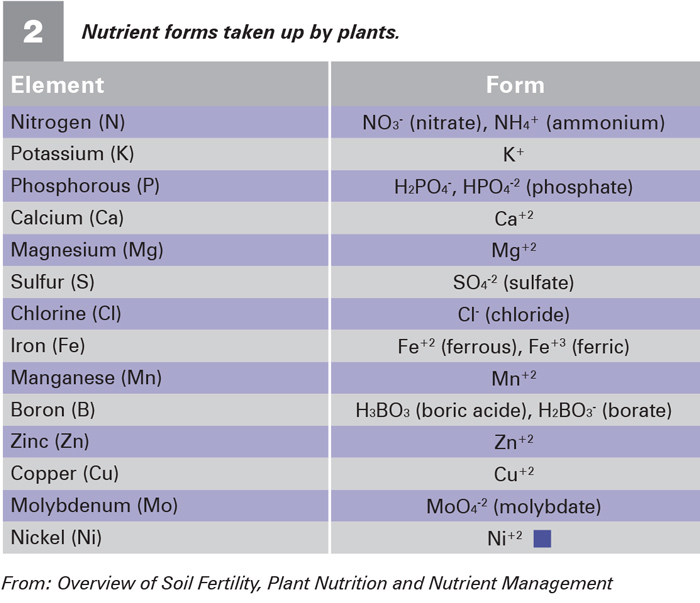June 2020
| Leonard Oberholzer, Market Development Lead – South Africa, Bayer. Send an email to leonard.oberholzer@bayer.com |
 |
It is imperative to understand the principles of soil fertility to efficiently manage maize nutrients, and maize production, and environmental stewardship. There are 17 chemical elements that are known to be essential for plant growth, 14 of these elements come from the soil.
Each essential plant nutrient is needed in different amounts by the plant, each varies in mobility within the plant and varies in concentration in the harvested mature maize plant components. Knowing the relative amount of each nutrient by crop and the amounts removed with harvest is useful for calculating the amount of fertility that will need to be added to the soil to maintain optimum harvest levels.
To be classified as ‘essential’, the element needs to meet the following criteria:
HOW PLANTS UPTAKE NUTRIENTS
Each of the nutrients cannot be taken up by plants in its elemental form, they must instead be taken up in an ‘ionic’ or charged form, with the exception of boron (B) as boric acid which is uncharged (Table 2). Most fertilisers are made up of combinations of these available nutrient forms, so when fertiliser dissolves, the nutrient(s) can be immediately available for uptake.
Knowing what form of a nutrient the plant absorbs helps inform what controls the cycling and movement of the nutrient in the soil. Additionally, understanding how nutrients function within the plant is useful in diagnosing nutrient deficiencies.


FORMS OF UPTAKE
Nutrient uptake by roots is dependent on the activity of the root (maize root number, root dry matter and root length), ability to absorb nutrients and the nutrient concentration at the surface of the root.
Water moves toward and into the root as the plant uses water or transpires. This process is referred to as ‘mass flow’, accounts for a substantial amount of nutrient movement toward the plant root, especially for the mobile nutrients such as NO3-.
Diffusion is the process where chemicals move from an area of high concentration to any area of low concentration. Fertilising near the plant root, the plant is less dependent on exchange processes and diffusion to uptake nutrients, especially P. The nutrients that are most dependent diffusion to move them toward a plant root are relatively immobile, have relatively low solution concentrations, and yet are needed in large amounts by the plant, such as P and K. The secondary macronutrients (Ca, Mg, S) often do not depend of diffusion because their solution concentrations are fairly high in soil, relative to plant requirements.
Publication: June 2020
Section: Pula/Imvula